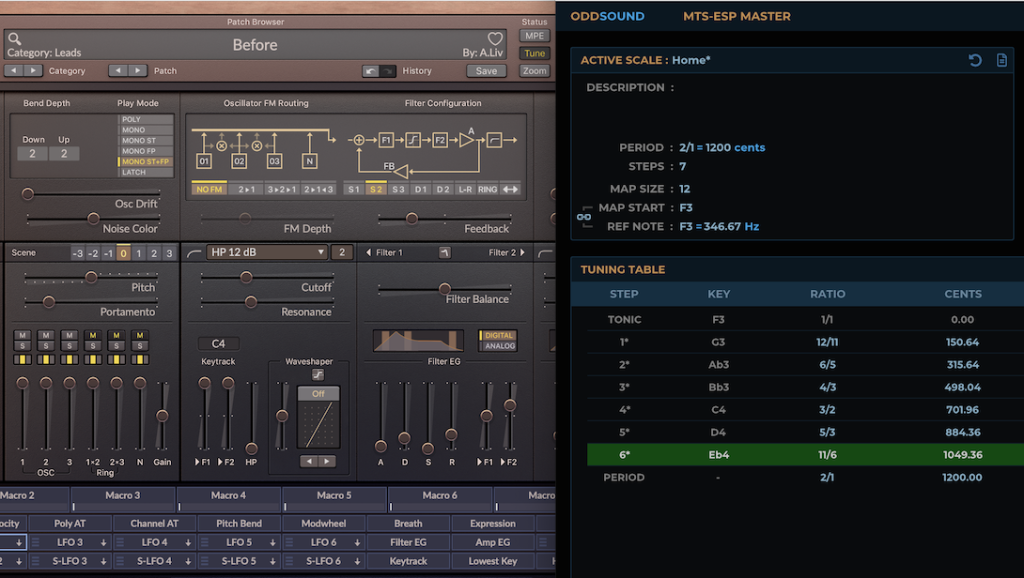If you weren’t already in love with the free synthesis powerhouse that is Surge XT, here’s a big 1.3.0 release with a candy store of new features, from Open Sound Control to command line interface to visualizations in the tuning editor.
That’s the dream of having an open-source, community-driven synth, though it’s rare to see it pay off quite like this. This really is the sort of plug-in we all want, and well worth adding to your stable of instruments and tools.
Honestly, my one tip is – check Zoom at the top, to the right of the presets, and right-click and choose the dark theme; the “classic” theme is, apologies, hideous. Dark looks great, and it’ll make you feel like you’re in an electronic music college class in sort of a fun way. It’s really the hyper-nerdy poly plug-in of choice:

Let me just cherry-pick some favorites from this release:
- Open Sound Control implementation (should be handy for TouchOSC, for instance, or doing fun stuff with visuals)
- MIDI Program Change messages (among other MIDI and MPE improvements and fixes)
- Command Line Interface, so you can run headless – might be fun for making a little Raspberry Pi Surge instrument without a GUI.*
- Bonsai distortion – “a highly non-linear bass boost with an emphasis-filtered waveshaper and noise AM”
- Audio In for directly inserting audio downstream of filters/waveshapers (use Audio In oscillator to add your audio at the start of the chain) – plus Ring Modulator using audio input
- Vintage FM feedback mode (no idea, something about averaging the last two samples as on early FM synths – I don’t know that history that well, evidently, so have to hear this!)
- Formula modulator adds a number of math functions (parity, signum, sign, rescale…) and slew limiter
- Tuning Editor now has expanded realtime visualizations – and you can use this as a tuning analyzer in MTS-ESP mode
- Expanded accessibility support
- Multiple virtual keyboard layouts – QWERTZ here in ‘schland, AZERTY, and … Dvorak?
- NES Triangle wavetable
- More/updated patches and content
*The Linux version can be built for ARM, and it works on RPi4/arm64, so it’s absolutely doable.
And there’s a lot more. Check the full changelog:
https://surge-synthesizer.github.io/changelog/
There are tons of wild ideas in there now, like the Neuron effect.
On the topic of tuning, there’s an entire guide to just that functionality, and it’s a really great read:

https://surge-synthesizer.github.io/tuning-guide/